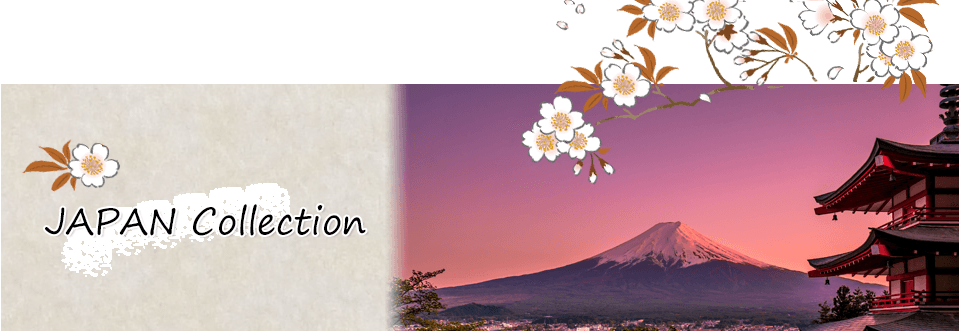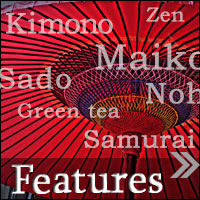Top > JAPAN Collection > Shogun
Shogun
What is Shogun
Shogun is a rank of an army.
In English it can be translated as a general. But the detail meaning, Shogun’s division of the duty and division of the power are depends on the period.
There was rank of Shogun since the beginning of the history of Japan. During the Heian period, there were several General ranks depends on their division. After 1185, appeared rank of Shogun which we recognize (actual top power holder).
This Shogun’s original rank is “Seii Tai Shogun” in Japanese.
The rank of Seii Tai Shogun is appointed by the Emperor of the period. Originally the rank was to remove the north area threat of imperial court.
After Kamakura period, Seii Tai Shogun is the highest rank of Shogunate and it chaged into hereditary system.
In the Edo period the power of Shogunate is superior to the Emperor who was in Kyoto.
This Shogunate made our image of Shogun, the power holder of Japan and kind of prosy of the emperor.
In 1867, Shogun took the plunge and returned the power and right of Shogun to the Emperor.
That means disappeared Shogunate officially and modern Japanese history started to catch up occidental advanced countries.
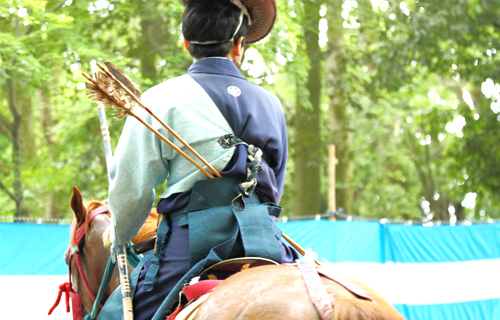
What is Shogunate
Shogunate often appears is an organization to have a control of Samurai. Before the establishment of the organization, samurai and army was a part of the property of each aristocrat. So they were not an army but private army. After that, samurai army was separated from the control of aristocrat, and be controlled by Shogunate. The Imperial court tried to recapture their military power but the Shogunate was organized by military power since the beginning. The Imperial court could not make any direct reaction to them. So Shogunate was a self government and the authority got by military power what they had. But well organized than the Imperial Court system at that time.
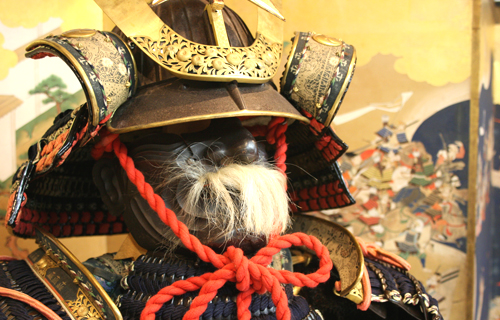
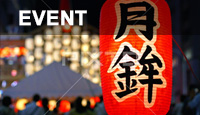
The most famous Events!
Please, look at before your travel and planning
- January
- Fude Hajime [2nd-4th]Kitano-tenmangu
- Kemari Hajime [3rd] Shimogamo shrine
- Toshi-ya [15th] Sanju-sangen-do
- February
- Setsubun [2nd-25th] Mibu temple
- Baika Festival [25th] Kitano-tenmangu
- March
- Nagashi Bina [3rd] Shimogamo Shrine
- April
- Miyayo Odori [1st] Gion-kobu-kaburenjo
- Mibu Kyogen [21st-29th] Mibu temple
- May
- Aoi Festival [1st] Kamigamo shrine, Shimogamo shrine
- June
- Kibune Festival [1st] Kibune shrine
- July
- Gion Festival [7th] on the corner of Shijo st. and Karasuma st.
- August
- Daimonji Gozan Okuribi [16th]
- September
- Seimei shrine Reisai [Autumnal Equinox Day] Seimei shrine
- October
- Mibu Kyogen [include the 2nd Mon., for 3days] Mibu temple
- Era Festival [22nd] Heian Jingu
- November
- hitakisa [8th] Fushimi Inari Taisha
- December
- Joya-no Kane [31st] Kurama temple, etc.

